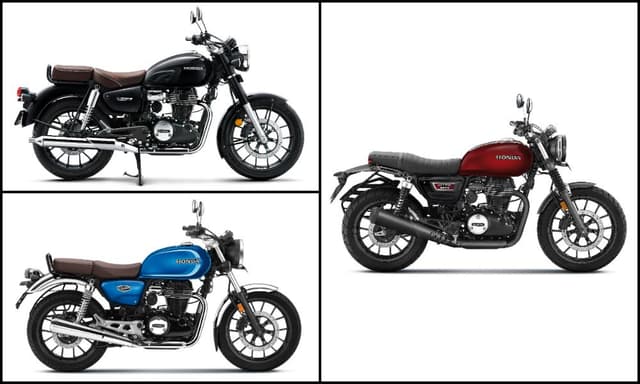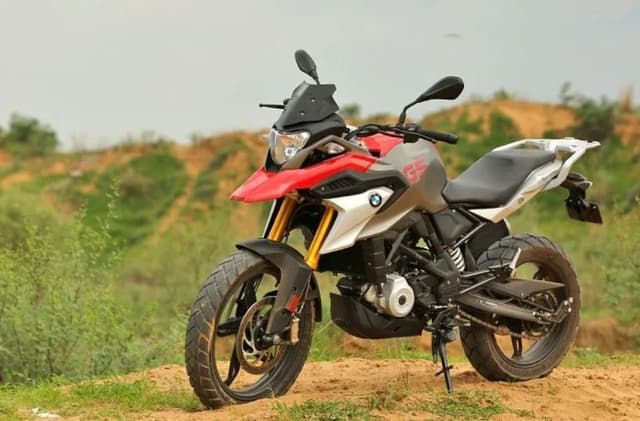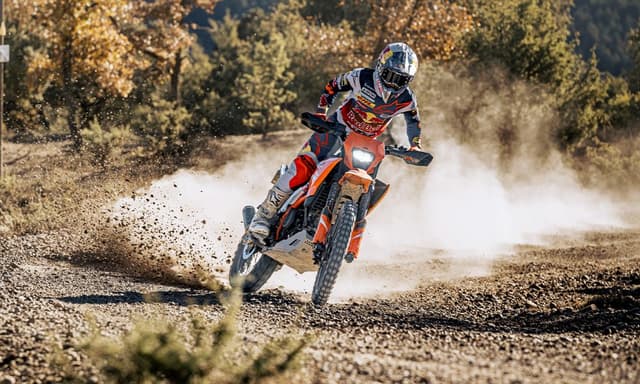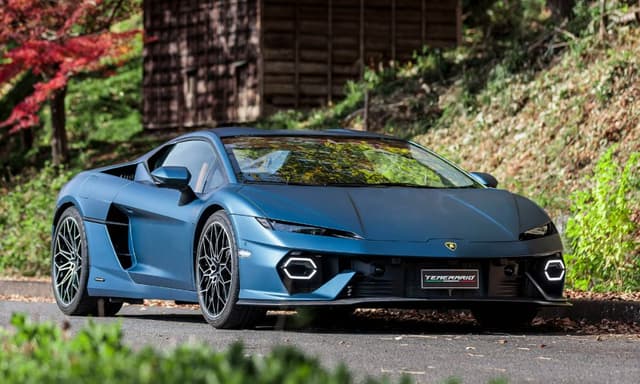NVIDIA Announces World's First AI Computer to Make Robotaxis

Highlights
- The new chip will help make possible a new class of driverless vehicles
- More than 25 companies are developing fully autonomous robotaxis
- Pegasus will be available to partners in the second half of 2018
NVIDIA unveiled the world's first artificial intelligence computer designed to drive fully autonomous robotaxis. The new system, codenamed Pegasus, extends the NVIDIA Drive PX AI computing platform to handle Level 5 driverless vehicles. NVIDIA Drive PX Pegasus delivers over 320 trillion operations per second -- more than 10x the performance of its predecessor, NVIDIA Drive PX 2. Pegasus will be available to NVIDIA automotive partners in the second half of 2018.
Also Read: Mahindra Showcases First-Ever Driverless Tractors
"Creating a fully self-driving car is one of society's most important endeavors -- and one of the most challenging to deliver," said Jensen Huang, NVIDIA founder and CEO. "The breakthrough AI computing performance and efficiency of Pegasus is crucial for the industry to realize this vision."
NVIDIA Drive PX Pegasus will help make possible a new class of vehicles that can operate without a driver -- fully autonomous vehicles without steering wheels, pedals or mirrors, and interiors that feel like a living room or office. They will arrive on demand to safely whisk passengers to their destinations, bringing mobility to everyone, including the elderly and disabled.
Also Read: Indian Company Eyes Driver's Seat In Driverless Vehicle Technology
"Driverless cars will enable new ride- and car-sharing services. New types of cars will be invented, resembling offices, living rooms or hotel rooms on wheels. Travelers will simply order up the type of vehicle they want based on their destination and activities planned along the way. The future of society will be reshaped," he said.
Of the 225 partners developing on the NVIDIA Drive PX platform, more than 25 are developing fully autonomous robotaxis using NVIDIA CUDA GPUs. Their trunks resemble small data centers, loaded with racks of computers with server-class NVIDIA GPUs running deep learning, computer vision and parallel computing algorithms. Their size, power demands and cost make them impractical for production vehicles.
Also Read: Don't Worry, Driverless Cars Are Learning From Grand Theft Auto
The computational requirements of robotaxis are enormous -- perceiving the world through high-resolution, 360-degree surround cameras and lidars, localizing the vehicle within centimeter accuracy, tracking vehicles and people around the car, and planning a safe and comfortable path to the destination. All this processing must be done with multiple levels of redundancy to ensure the highest level of safety. The computing demands of driverless vehicles are easily 50 to 100 times more intensive than the most advanced cars today.













